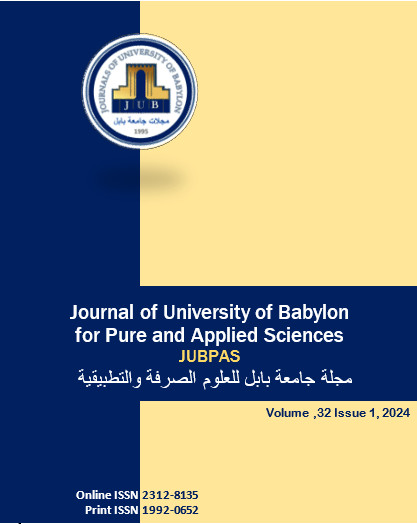The Role of Service Quality in Achieving Customer Satisfaction at the University of Babylon
Main Article Content
Abstract
Background: The study highlighted the significance of service quality at the University of Babylon and its impact on customer satisfaction. It focused on various elements and indicators related to community service, including the general impression of the university, services provided to citizens, employee cooperation, and transparency.
Mythology :To measure citizen satisfaction with the university, a questionnaire approved by the Ministry of Higher Education and Scientific Research and prepared by the Iraqi Council Secretariat was utilised. The questionnaires were distributed to citizens visiting the University for their Transactions, encompassing four elements and sixteen indicators. The collected data underwent statistical analysis to assess the level of service provided to customers.
Results : The study's findings revealed that the average level of customer satisfaction with the community services offered by the University of Babylon was strongly agreed upon by 40.21% of respondents and agreed upon by 46.47%. A neutral evaluation level was reported by 11.49% of participants, while disagreement was expressed by 1.33% and strong disagreement by 0.50%. These results were determined using the Likert pentameter.
Conclusions: Overall, the study demonstrated that the university's community service effectively satisfied customers through the services provided during their visits, phone interactions, or communication via the official university email. This encompassed completing transactions and addressing questions and inquiries.
Article Details
Issue
Section

This work is licensed under a Creative Commons Attribution 4.0 International License.
